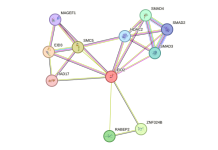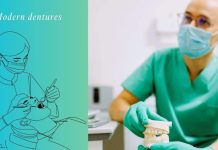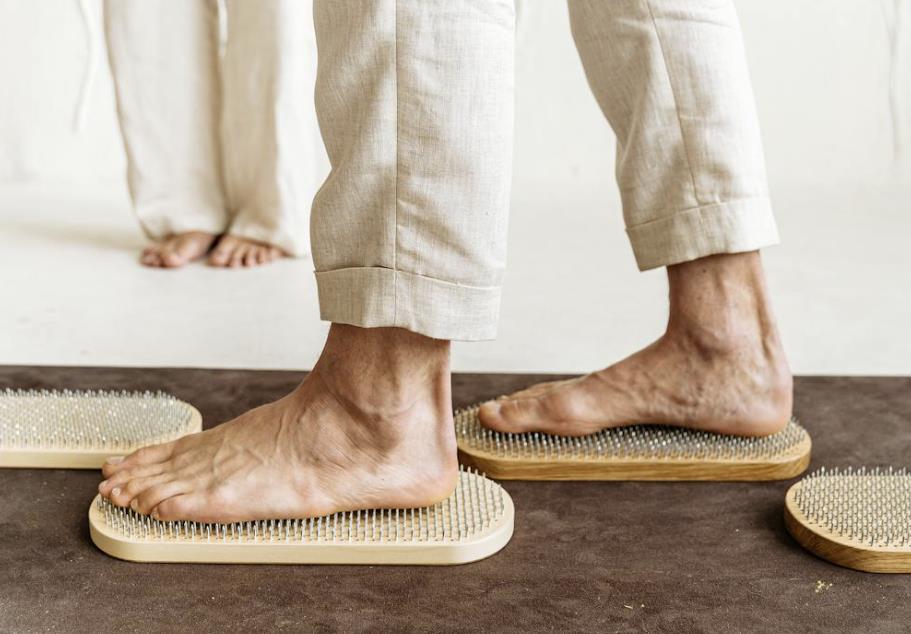Orthopedic Rehabilitation Process
How to get through the Orthopedic Rehabilitation Process in no time? Flexibility and range of motion are maintained by stretching the muscles. Stretching exercises can be done with a partner or by yourself.
It is important to maintain good posture and body mechanics to prevent injury. Orthopedic rehabilitation is the medical treatment of injured or disabled bones, joints, and muscles. Orthopedic surgeons can help you recover from injuries to your knees, ankles, and wrists. They also treat conditions such as arthritis and spinal cord injuries.
The Musculoskeletal System
The musculoskeletal system is the most complicated and important anatomical system in the human body. It forms a support framework for the body that is responsible for the movement of the skeletal muscles, as well as protecting vital organs such as the brain and heart.
The musculoskeletal system includes bones, cartilage, ligaments, tendons, blood vessels, muscles, and nerves. The system also includes joints between bones, which allow for easy movement of the skeletal muscles. Muscles are attached to bone by tendons at some of these joints, while other joints are not connected to any muscle tissue.
Common Orthopedic Injuries and Conditions
Chances are that in your lifetime you’ll experience some sort of orthopedic injury. Whether it’s an acute injury, like a sprain or strain, or a chronic one, such as osteoarthritis or back pain, orthopedic injuries impact millions of people every year. Orthopedic injuries can be serious and sometimes debilitating.
However, with the right recovery plan and treatment plan, most can recover fully—without surgery. Here are the top five orthopedic injuries and conditions you should know about to help prevent them from happening to you:
Types of Treatment for Orthopedic Rehabilitation
Treatment options can be classified into three different categories:
-
Physiotherapy is a branch of medicine that focuses on the physical aspects of health. The most common treatment methods are exercise, manual therapy, and massage. The physiotherapist will help the client recover and become independent again. This can include helping people to regain movement after an injury or helping them stay active in later life. The risk of getting injured increases with age, so physiotherapy is also important for elderly people. It helps them to keep moving and maintain a healthy lifestyle. Physiotherapy can also be used to treat mental health issues such as anxiety, depression, or pain.
-
Osteopathic manipulation – Osteopathy is a system of medicine that focuses on the relationship between structure (primarily the spine) and function (as coordinated by the nervous system) and how that relationship affects the preservation and restoration of health. It is based on a holistic view, recognizing that body organs and systems are interrelated, and that disease results from an impairment of this relationship.
-
Surgical treatment – A surgical treatment is an operation on a part of the body by a person trained to perform surgery. In the case of surgical procedures, the term surgeon typically refers to a doctor, whereas in other cases the term may refer to non-physician practitioners. Surgical treatments are often categorized by urgency, type of procedure, or special interest. Urgent surgery may be necessary for the safety of the patient and requires the quickest possible intervention. Less urgent surgeries are typically performed on an outpatient basis. On occasion, interventions are not performed for primarily cosmetic reasons; they are performed to improve quality of life or function.
Not all treatments are equally effective for various conditions and the success of one treatment over another depends on the patient’s physical condition, limitations, and expectations about recovery. Discussing the pros and cons of different treatment options with a doctor will help you to make an informed decision about your treatment option.
The common modalities used in treatment include: Strength training is often used in the treatment of musculoskeletal disorders and is usually recommended when pain has decreased and the patient has been cleared for exercise by a physician or physical therapist. Aquatic therapy may be indicated for patients who have orthopedic problems resulting from cerebral palsy, muscular dystrophy, and multiple sclerosis.
Factors that influence treatment for orthopedic rehabilitation
Orthopedic Rehabilitation is a form of treatment that is given to a person after he/she has undergone surgery or any other type of treatment. The aim of rehabilitation is to help the patient in reaching his pre-injury status. Rehabilitation can be done through different techniques, some of which are used for specific types of injuries.
Orthopedic rehabilitation refers to the physical treatments and services that are used to treat people who have a problem in the orthopedic system. An orthopedic is a medical specialist who deals with all the problems related to the bones, joints, and muscles. Urgent care is a type of healthcare that provides immediate medical care for people who have sudden and urgent medical needs.
Orthopedic Urgent Care is a type of urgent care that specializes in the treatment of injuries to bones, muscles, joints, ligaments, tendons, and nerves. An orthopedic urgent care specialist can provide diagnosis and treatment for conditions such as fractures (broken bones), sprains (injuries to ligaments or tendons), strains (injuries to muscles or joints), and dislocations (joints out of place). They can also provide emergency treatment for broken toes, fingers, or other minor fractures.
Wrap up the Things
If you have been injured, the first thing that you should do to seek medical attention. After receiving treatment and being given instructions on how to properly recover, you can start a rehab program. After the initial phase of treatment, a physical therapist will help you design an exercise program that is customized for your specific needs.
This program serves to prevent further injury and strengthen muscles and improve the range of motion. The most important aspect of this process is consistency and never giving up! Don’t rush your recovery and be sure to give yourself plenty of time to heal before attempting any kind of physical activity again.







